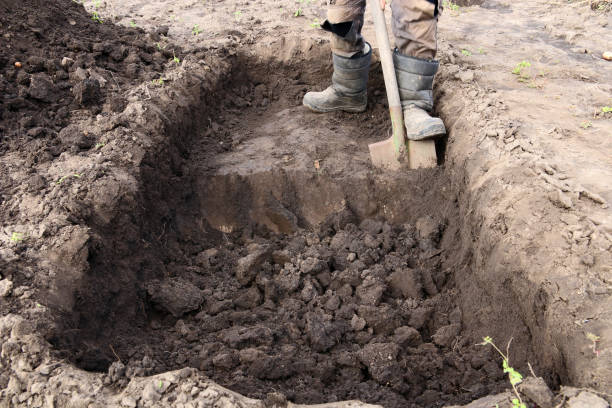Reimagining Our Planet
This article discusses innovative solutions for addressing climate change and nurturing a healthier environment. It covers carbon capture technologies, community-based conservation, circular economy practices, green urban infrastructure, and the importance of education. Collective efforts, through cross-sector partnerships and grassroots movements, are essential to foster sustainable ecosystems and combat climate change on both local and global scales.

Introduction
As we stand at a crossroads of environmental change, it’s clear that our relationship with the Earth must evolve. Climate change isn't a distant threat but a pressing reality that demands creative and actionable solutions. By drawing from innovative ideas and time-tested practices, we can reimagine our planet and cultivate a healthier environment for all beings who call it home. Let’s explore transformative strategies that pave the way for a sustainable future.

Innovative Solutions to Heal Our Planet
1. Carbon Capture Technologies
Imagine a world where carbon emissions are not just reduced but actively removed from the atmosphere. Cutting-edge carbon capture technologies are making this vision a reality. By capturing CO2 emissions from industrial processes and power plants, we can store them underground or repurpose them for use in various industries. As these technologies advance, they hold tremendous potential for mitigating climate change and fostering cleaner air.
2. Community-Based Conservation
Revolutionizing environmental protection requires the involvement of local communities. Community-based conservation initiatives empower people to take charge of their land and resources. When communities are active stewards of their environment, biodiversity thrives. Programs that incentivize sustainable land use and habitat restoration can galvanize collective action and foster deep-rooted connections to local ecosystems.
3. Circular Economy: Rethinking Waste
In a circular economy, waste is a resource. Instead of disposing of items, we can repair, repurpose, and recycle them. Innovative businesses are leading the charge by designing products for longevity and creating take-back programs that minimize waste. By shifting our mindset from consumption to sustainability, we can significantly reduce the environmental impact of our lifestyles.
4. Green Infrastructure in Urban Planning
Envision cities where nature coexists harmoniously with urban living. By integrating green infrastructure into urban planning, we can create resilient, environmentally-friendly cities that capture rainwater, reduce flooding, and enhance air quality. Green roofs, permeable pavements, and urban forests not only beautify our surroundings but also help combat climate change’s effects.
5. Education for the Next Generation
Investing in education is planting the seeds for a sustainable future. Introducing climate literacy into school curriculums empowers young minds to understand the intricacies of climate change and inspires them to become advocates for the planet. Experiential learning opportunities, such as outdoor classrooms and eco-projects, enchant and engage students, cultivating a lifelong passion for environmental stewardship.
Building Collaborative Networks
1. Cross-Sector Partnerships
Tackling climate change requires a collaborative approach that transcends industries, governments, and countries. Cross-sector partnerships bring together diverse stakeholders—businesses, non-profits, and communities—to drive collective action. By sharing knowledge, resources, and best practices, these collaborations can create a multifaceted response to environmental challenges.
2. Climate Action Movements
Grassroots movements are at the forefront of driving change. Mobilizing communities around shared goals, these movements empower individuals to speak out and take action. Community clean-ups, tree planting campaigns, and climate strikes ignite a sense of responsibility and urgency, uniting diverse voices for a common cause.
3. Global Initiatives
While local actions are vital, global initiatives hold the power to create transformative change across borders. International agreements, like the Paris Agreement, provide frameworks for sustainable development and climate action on a global scale. Promoting global awareness and cooperation can amplify efforts to tackle climate change and foster a sustainable future for all.
Conclusion
The climate crisis invites us not just to act but to imagine—to envision a world where harmony with nature is the norm rather than the exception. By adopting innovative solutions, engaging communities, and fostering collaborative efforts, we can work towards a thriving environment where both humanity and nature can flourish. As we embark on this journey, let us remember that every step we take in the right direction contributes to a brighter, healthier world for generations to come.
What's Your Reaction?















































































































